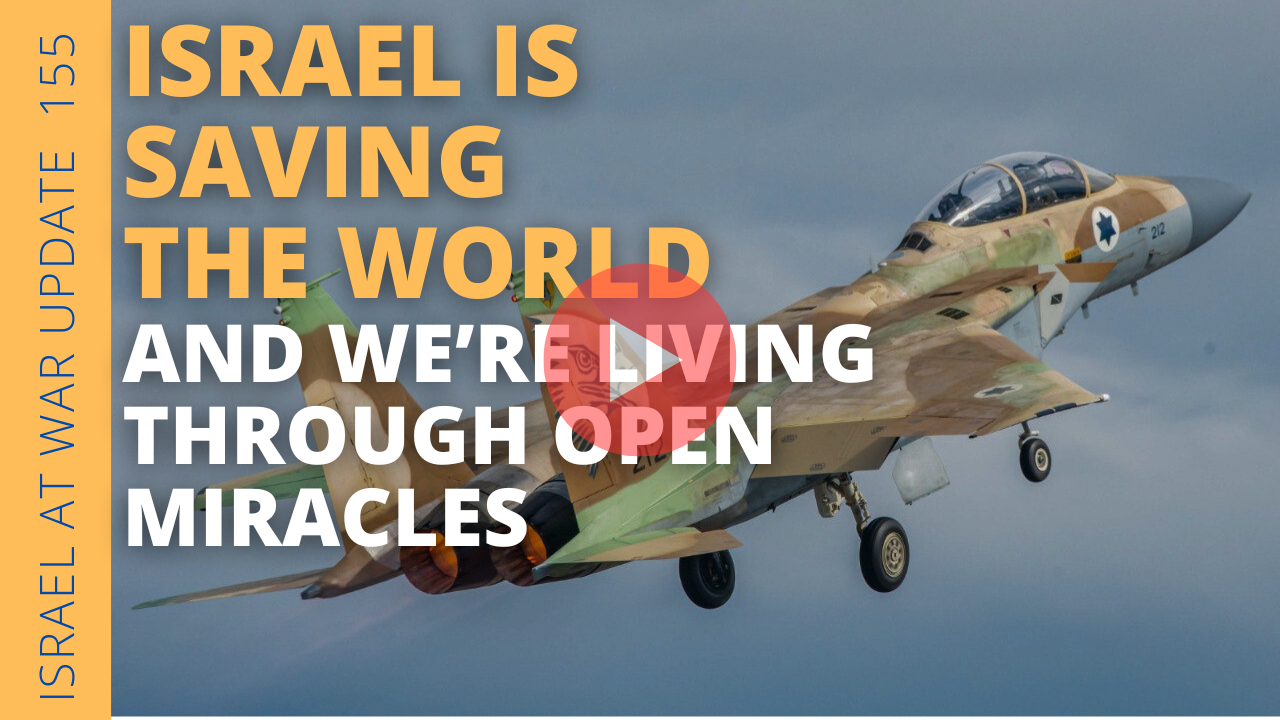Since the 1979 Islamic revolution, there have been a series of counter revolts that never had the backing to undo what the Islamists put in place when they took over.
Most Westerners assume Iran has always been an Islamist theocracy. This has not been the case. Up until 1979, the Shah reigned and had pivoted Iran to the West. However, his control slipped due to perceived authoritarianism. In response a democracy movement rose up. This democracy movement partnered with other groups like communists and Islamists.
The present regime had very little support in the beginning of the uprising, but was able to take over in the chaos of the revolution.
Since the 1979 Revolution, the many disparate groups in Iran have at times tried to reverse the stranglehold of the Islamists, but nothing has shaken them. The closest until now has been the Green Movement that erupted in 2009 and lasted until the early part of 2010. They were considered the largest protests since the Iranian Revolution. Despite the size, they lacked backing from the Obama administration and eventually fizzled out.
Today’s protests sweeping Iran dubbed the Hijab Protests appear to be far more widespread and showing no sign of dying out. The current protests exploded in September after the death of 22-year-old Mahsa Amini in custody of the country’s morality police. Amini was a Kurd and her death set the Kurdish Occupied region in Western Iran on fire.
Iranian Kurds have always had a troubled relationship with Islamist regime. Kurds are known or a much more moderate Islam and their proximity to Iraqi Kurds allows the two groups to trade over the porous border. However convenient it has been for the regime to turn the current revolt into a Kurdish uprising, the fact is, the protests after Mahsa Amini’s death have swept across the country and throughout different cultural groups.
Reports have said that 233 protestors have been killed since September and the count will most probably rise. The current protests may not end in a full revolution, but it underscores the growing cracks in Iranian society. With Iranian occupation of Eastern Kurdistan, Western Bolochistan, the Azeri area, and others. Without the theocracy that has been in control since 1979, Iran would break apart.
Due to a lack of organization and central leadership, the hijab protests may not lead directly to the Ayatollah’s overthrow, but when the Ayatollah Khamenei dies, the current wave of protests may return as a tsunami. When that happens, Iran and the Middle East will never be the same.


 Whatsapp
Whatsapp





